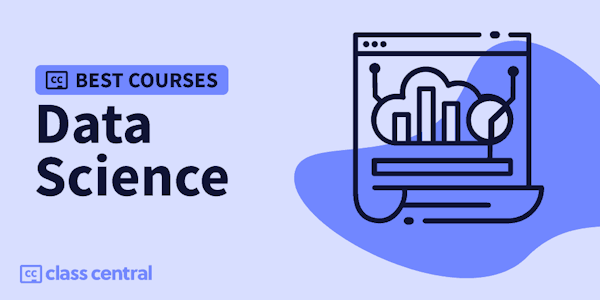While nearly every task in Databricks can be accomplished from its Web UI, to perform operations of any complexity at scale, you need to interact with this service from a script or an application. In this course, Working with Azure Databricks Programmatically, you'll learn about the Databricks command-line interface (CLI). First, you'll explore how we can create and use a personal access token for authentication, and how to construct CLI commands to perform a variety of workspace operations. Then, you'll explore the use of the Databricks REST API. Finally, you'll discover the versatility of the dbutils library in order to interact with the Databricks file system from a Python application. Once you complete this course, you'll have a clear understanding of how interactions with a Databricks service can be automated using the Databricks CLI, the REST API, and the dbutils package.
Overview
While nearly every task in Databricks can be accomplished from its Web UI, to perform operations of any complexity at scale, you need to interact with this service from a script or an application. In this course, Working with Azure Databricks Programmatically, you'll learn about the Databricks command-line interface (CLI). First, you'll explore how we can create and use a personal access token for authentication, and how to construct CLI commands to perform a variety of workspace operations. Then, you'll explore the use of the Databricks REST API. Finally, you'll discover the versatility of the dbutils library in order to interact with the Databricks file system from a Python application. Once you complete this course, you'll have a clear understanding of how interactions with a Databricks service can be automated using the Databricks CLI, the REST API, and the dbutils package.
Syllabus
- Course Overview 2mins
- Accessing Azure Databricks with the CLI 36mins
- Using the Azure Databricks REST API 16mins
- Managing an Azure Databricks Workspace with dbutils 21mins
Taught by
Kishan Iyer



